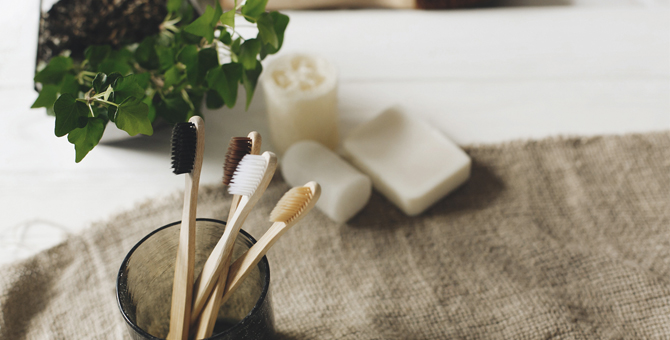There are lots of ways to get your teeth in tip-top condition, while doing your part for the earth. If you’re not entirely sure on where to start, read on!
We sat down with Dr Billy Choong Bing Liang, the Practice Principal at Quest Dental to pick his brain for sustainable dental tips in the spirit of our sustainability month. He covers everything from easy eco-friendly adjustments to your brushing routine to what you should look for in your dental products.
All this, plus our personal picks for the best eco-friendly dental products down below!
Can you recommend ways to make your daily brush-and-floss routine more eco-friendly?
“Here are some tips:
- Start with flossing, to get any food wedged between your teeth out
- Wet your toothbrush, then turn the tap off
- Place toothpaste on only ⅓ of the bristles
- Brush in circular motions at a 45º angle to your teeth (helps clean your gums out)
- Clean your tongue (either with a brush or a tongue scraper)
- Rinse with water
- Rinse with mouthwash (optional)
“These few steps are what you should be mindful of when it comes to tailoring your brush-and-floss routine to be more eco-friendly and effective.”
Toothbrushes are typically made of plastic, with nylon bristles. In an effort to reduce their personal impact on plastic pollution, some people refuse to change their toothbrushes for months on end until they absolutely have to. How often should you actually change your toothbrush, and why?
“Toothbrushes should be changed when the bristles are frayed or every three months—whichever comes first. The reasons behind this is that frayed bristles decrease the efficiency and effectiveness of brushing tremendously and toothbrushes have been proven to harbour bacteria over time.”
How can you extend the lifespan of a toothbrush?
“There are five simple rules:
- No sharing of toothbrushes
- Rinse your toothbrush thoroughly after every use
- Keep your toothbrush upright (head up, handle down)
- Let your toothbrush air dry. Do not cover the head with caps as the moist conditions will encourage bacterial growth
- Close the lid on your toilet seat before flushing—this prevents toilet plume, where the flush shoots aerosolized fecal matter into the air (and onto your toothbrushes).”
There has been a surge in “biodegradable” toothbrushes on the market recently, which have compostable wooden or bamboo handles and either non-biodegradable nylon bristles or plant-based biodegradable bristles. It’s a great idea to reduce plastic waste, but are they as effective?
“When I choose a toothbrush, I look at the softness and the arrangement of the bristles. Basically, you want the bristles to be soft enough and have a mixture of longer and shorter bristles.”
(Writer’s note: Quest Dental has a great video explaining exactly how to choose your toothbrush here.)
“An easy way to test if your toothbrush is effective is to try to brushing your fingertips: With the toothbrush you choose (including the eco-friendly ones), gently try to clean under your fingernail—if the bristles are able to clean the gap without hurting you at all, it should be a good toothbrush.”
“If you don’t find that the eco-friendly toothbrushes are effective, stick to your regular ones. You can still make them eco-friendly by repurposing them for dishwashing, grout cleaning, spot cleaning laundry, scrubbing fruits and vegetables and much more!”
(Writer’s note: just sterilise your toothbrushes before you do this, please!)
One of the biggest trends in dental hygiene in the last few years has been the charcoal craze—everyone wants charcoal in their products to ‘absorb toxins’ and remove stains. Do charcoal toothpastes and charcoal-infused toothbrush bristles actually whiten teeth?
“There’s been a lot of research into this and I do believe there’s some truth to it. However, it is not the magic bullet to tooth whitening. I’m quite old school in terms of oral hygiene; the natural colour of our teeth depends on how much enamel we have, and all we have to do is practice good oral hygiene habits to maintain it.
“If you are not happy with your natural tooth colour, just using a charcoal-infused toothbrush or charcoal toothpaste probably isn’t going to deliver results that satisfy you. In this case, professional teeth whitening or dental veneers done by a licensed dentist would be a more effective option.
“Also, do take note of where you’re getting your teeth whitened; in recent years we have received many cases of veneers and whitening done by non-dentists in shopping malls and hotels. Many of these patients developed severe gum issues and irreversible damage to their natural teeth, so make sure you use licensed dentists for any dental services!”
It’s well known that non-biodegradable nylon floss is bad for the environment, but there have also been claims that both the nylon and the wax coating of dental floss as well as its potential additives are harmful to health—is there any scientific or clinical basis behind this?
“I can’t give a direct and definite answer to this as I have not conducted nor been involved in any of the research directed to this issue. However, this is what I believe—a few years ago, there was a group of people that speculated that root canal treatment could cause cancer. They carried out some surveys and found that a great number of cancer patients had a history of root canals and therefore they concluded that root canals were a cause of cancer. It sounds logical, except that literally anything in excess can be a carcinogen, even rice or potatoes.”
“So, back to the actual question—if the question was ‘Is ingesting a good amount of wax or additives harmful to health’, I would say yes. However, using wax-coated floss for a few minutes everyday and then throwing them away is unlikely to cause any significant harm to our health.”
A lot of ‘green’ toothpaste brands are on the market, boasting all-natural, vegan formulations—and the majority are fluoride-free. They come in powders, pastes and tablets and are packaged in lovely, zero-waste packaging, but the real question is: Do they actually work?
“I believe they do, mainly because in the whole routine of oral hygiene, the mechanical part (brushing, flossing) is way more important than the chemical part (toothpaste and mouthwash). This is why despite there being thousands of toothpaste and mouthwash formulations being invented, we all still cannot avoid brushing and flossing.
“Plus, I know fluoride is a hot topic, but too much fluoride is not good either, especially for kids. Every country has different fluoride levels in our daily drinking water, so as the need for fluoride differs from individual to individual it’s best to let your dentist (who you should visit every three to six months) judge.
“Overall, I would suggest everyone look out for toothpaste with a flavour that you love, which encourages you to brush (correctly) more often!”
What about for mouthwashes? Are alcohol free ones effective?
“I believe it is effective. In fact, I actually personally prefer mouthwashes without alcohol, as using mouthwashes with alcohol usually leaves me with a dry mouth throughout the day or night.”
9. Any other advice you’d like to add?
“Use less toothpaste. Squeeze out enough to cover only ⅓ of the head of your toothbrush because anything more will just end up in your sink.”
This interview has been edited for clarity and length.
See BURO‘s picks for the best eco-friendly additions to your dental regime below:
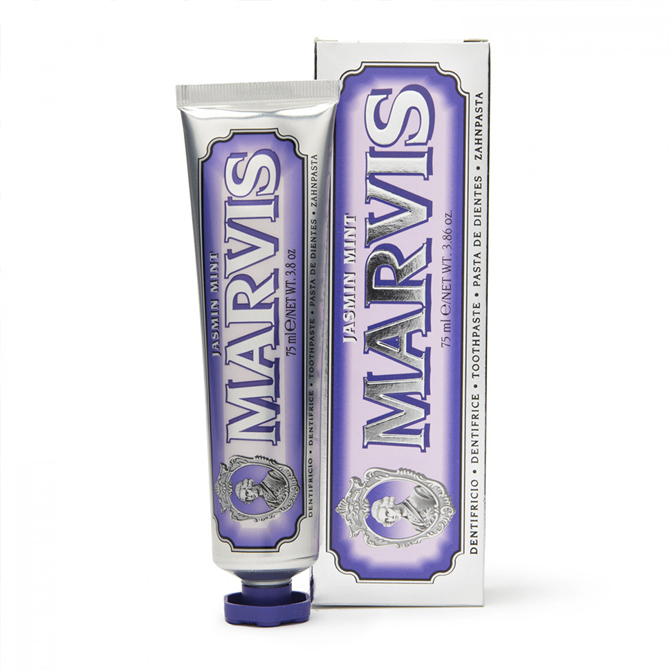
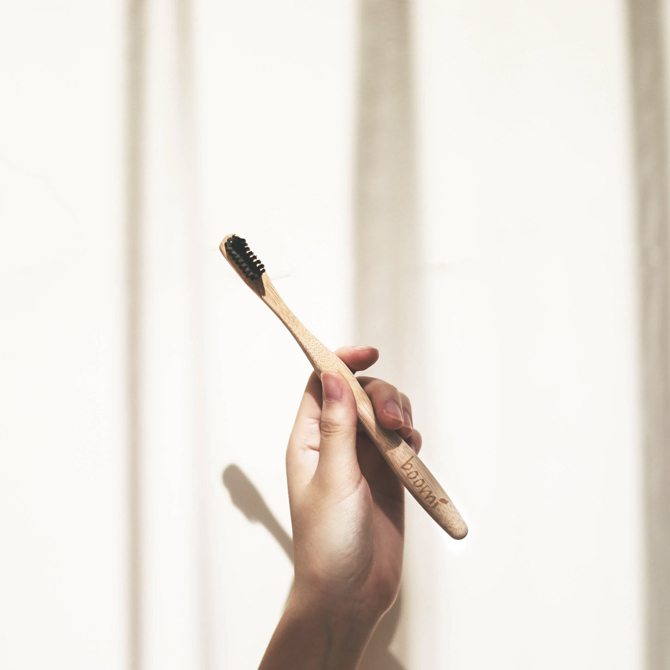
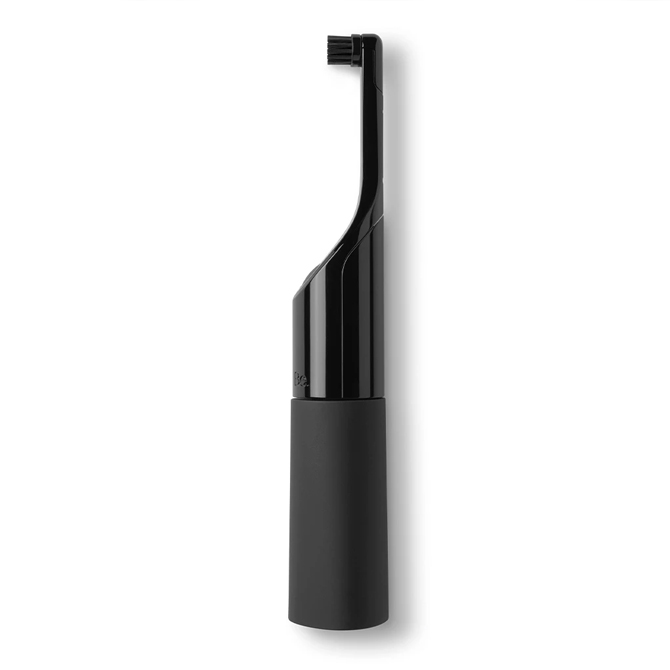
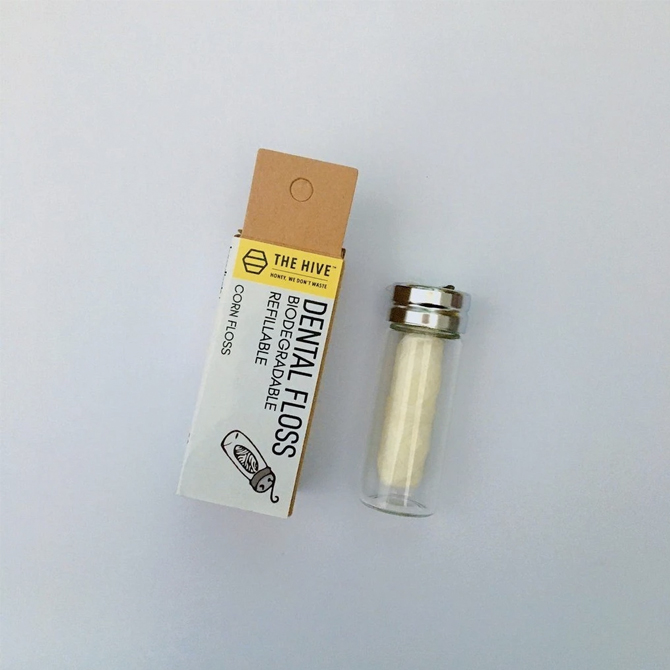
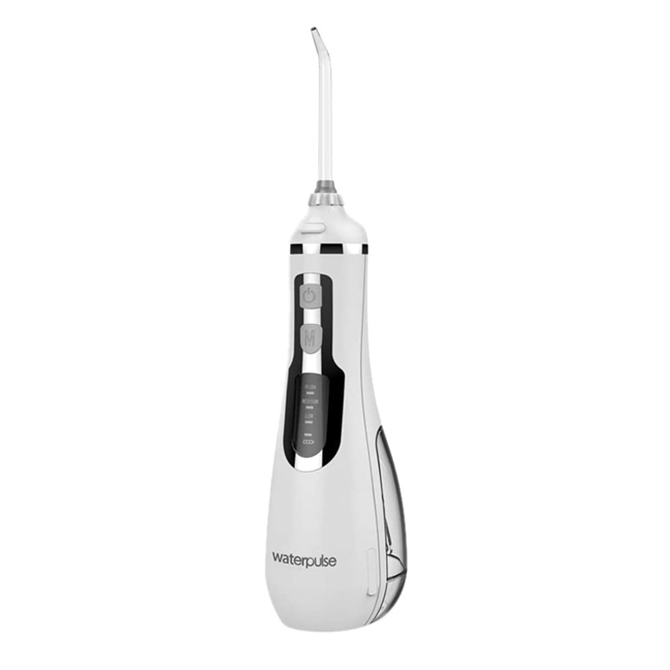
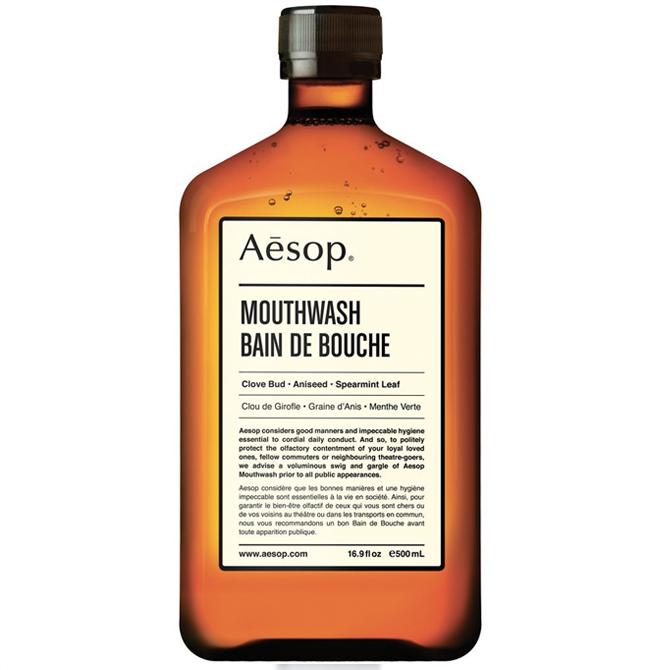
| SHARE THE STORY | |
| Explore More |
